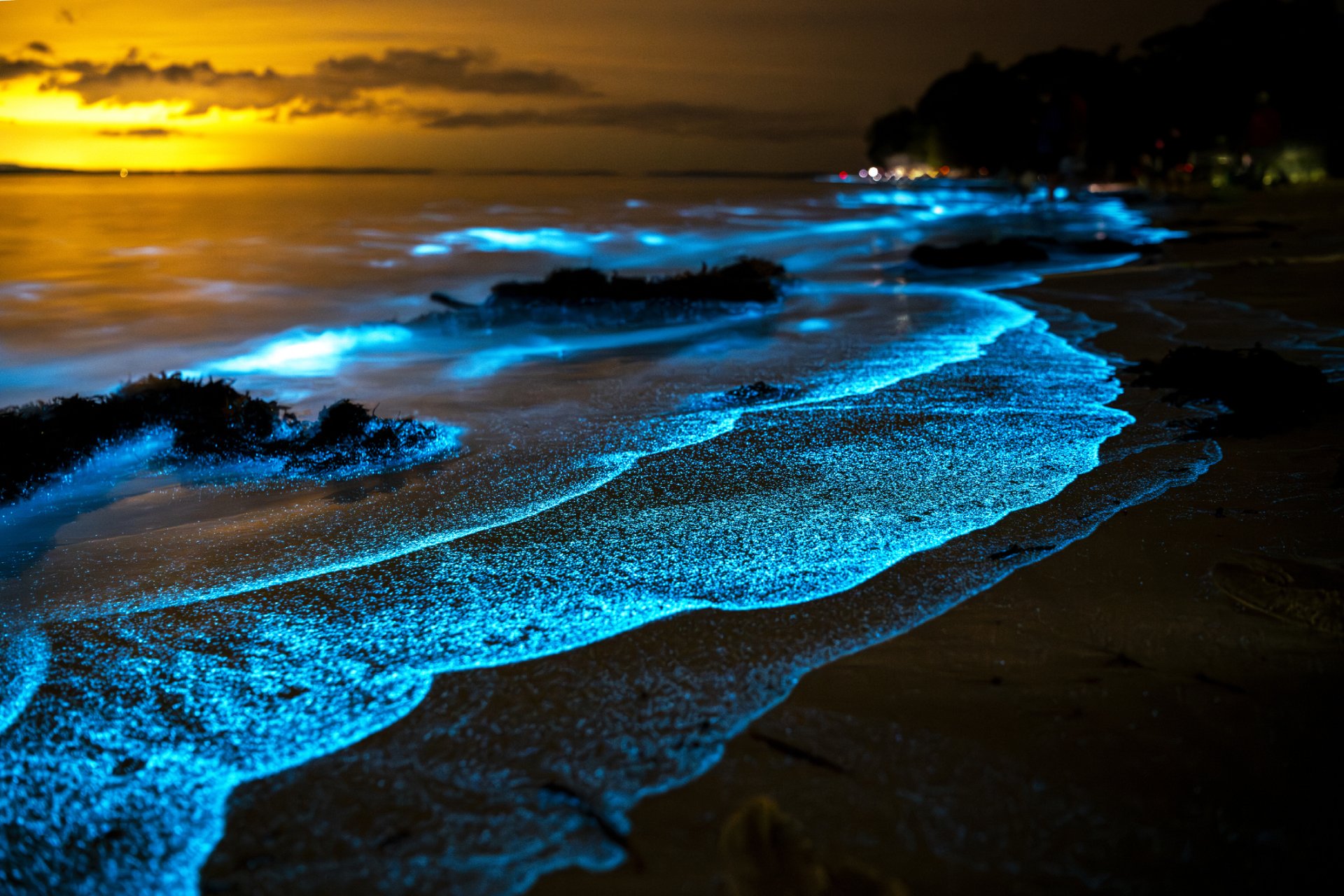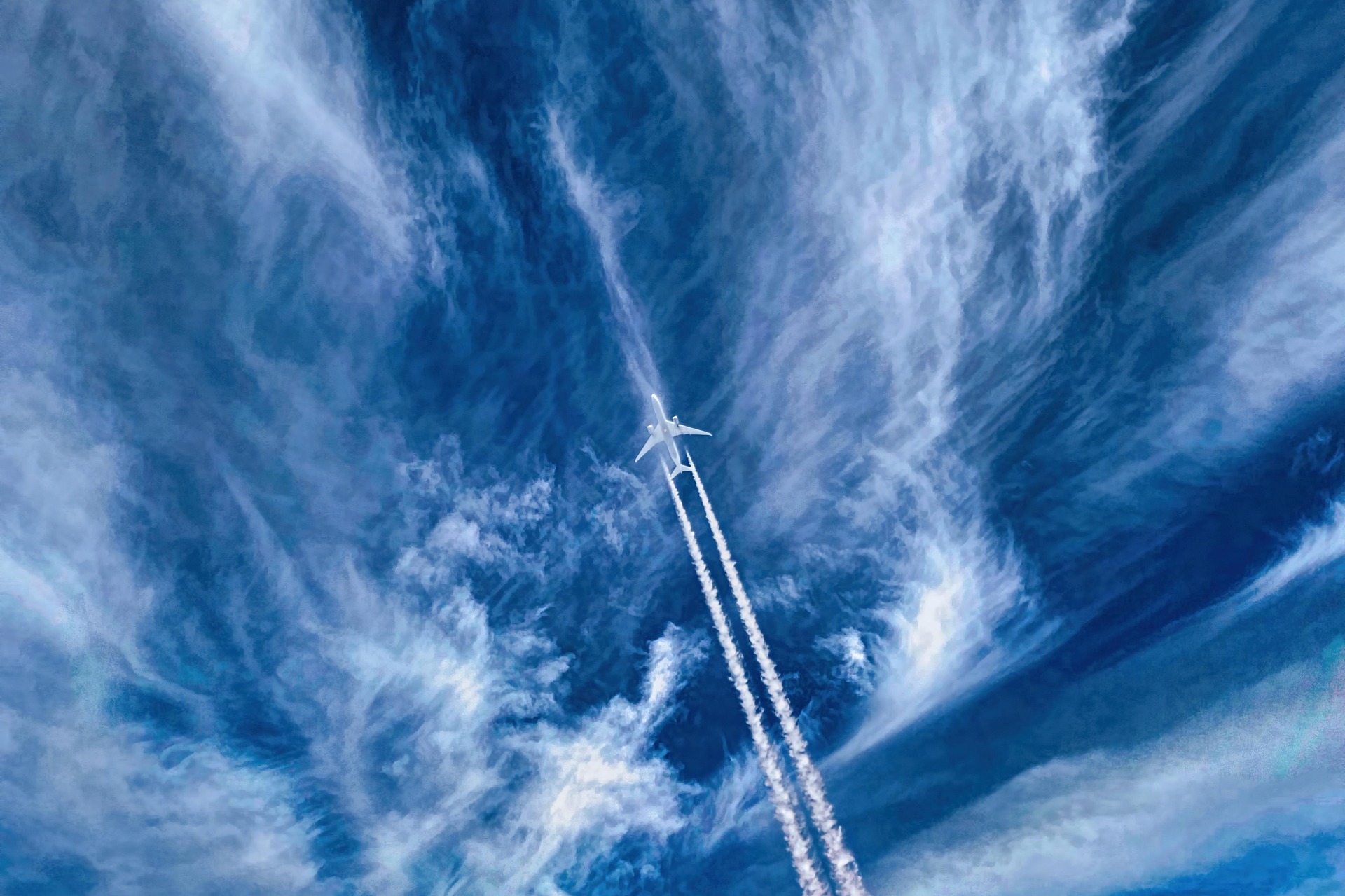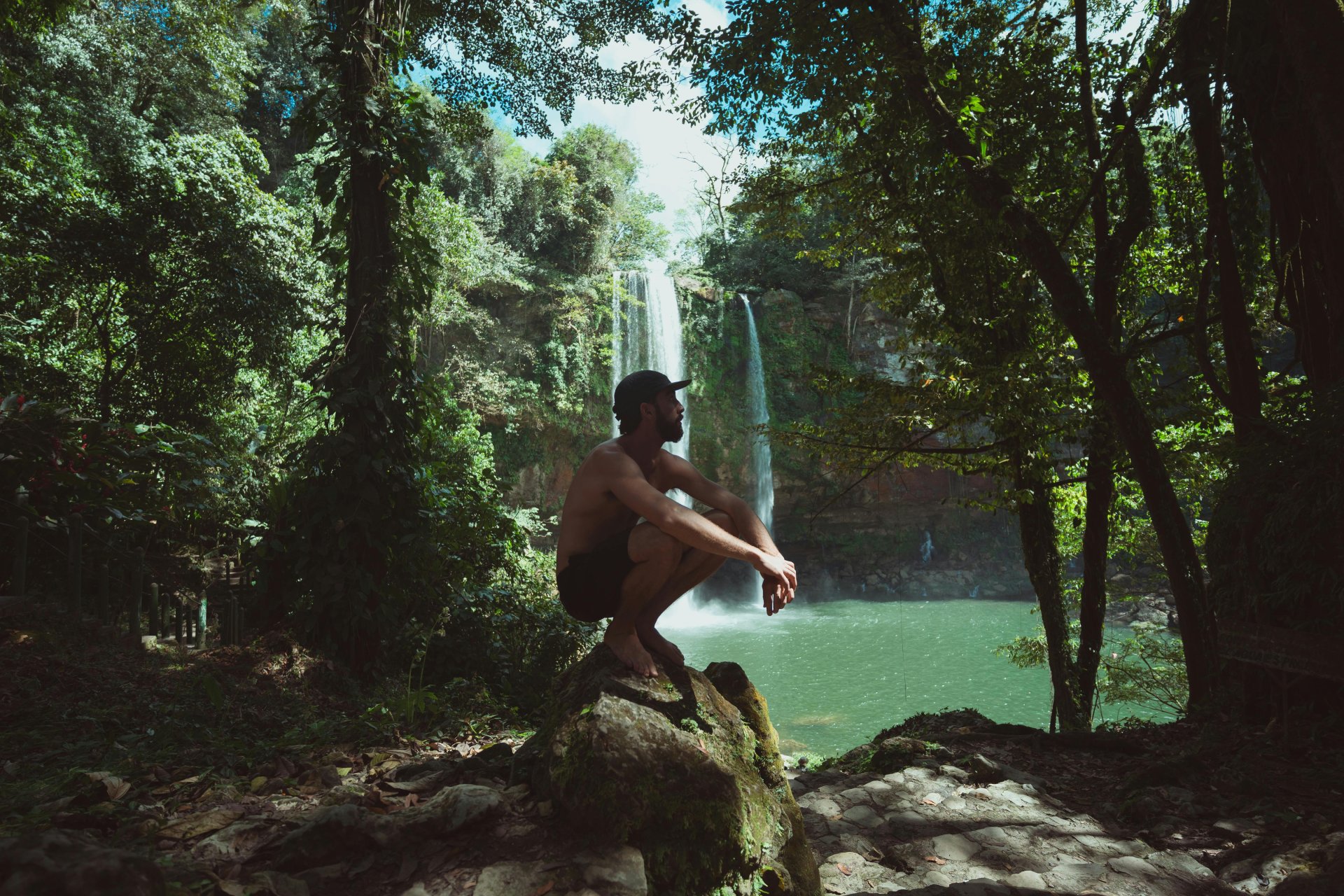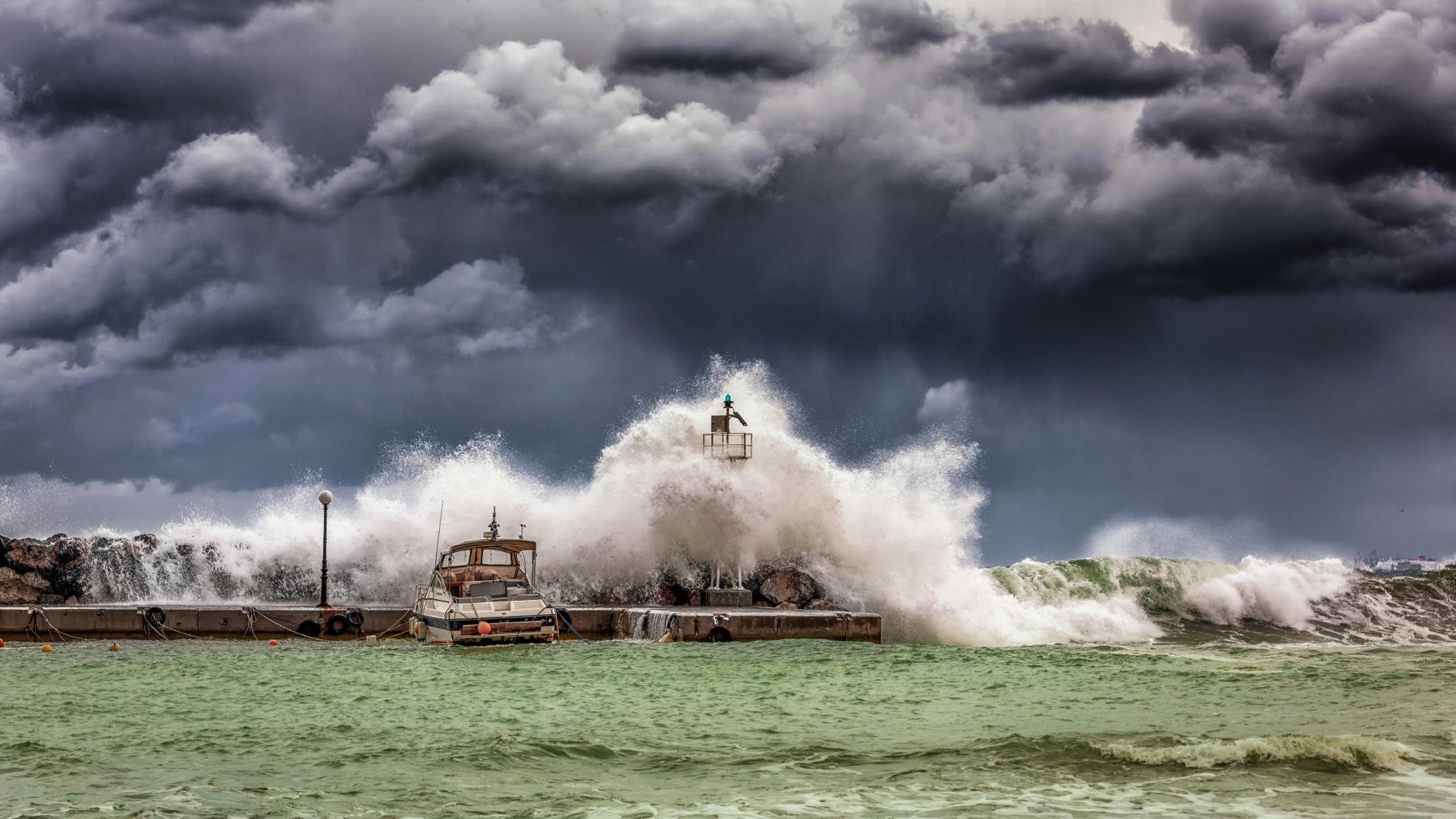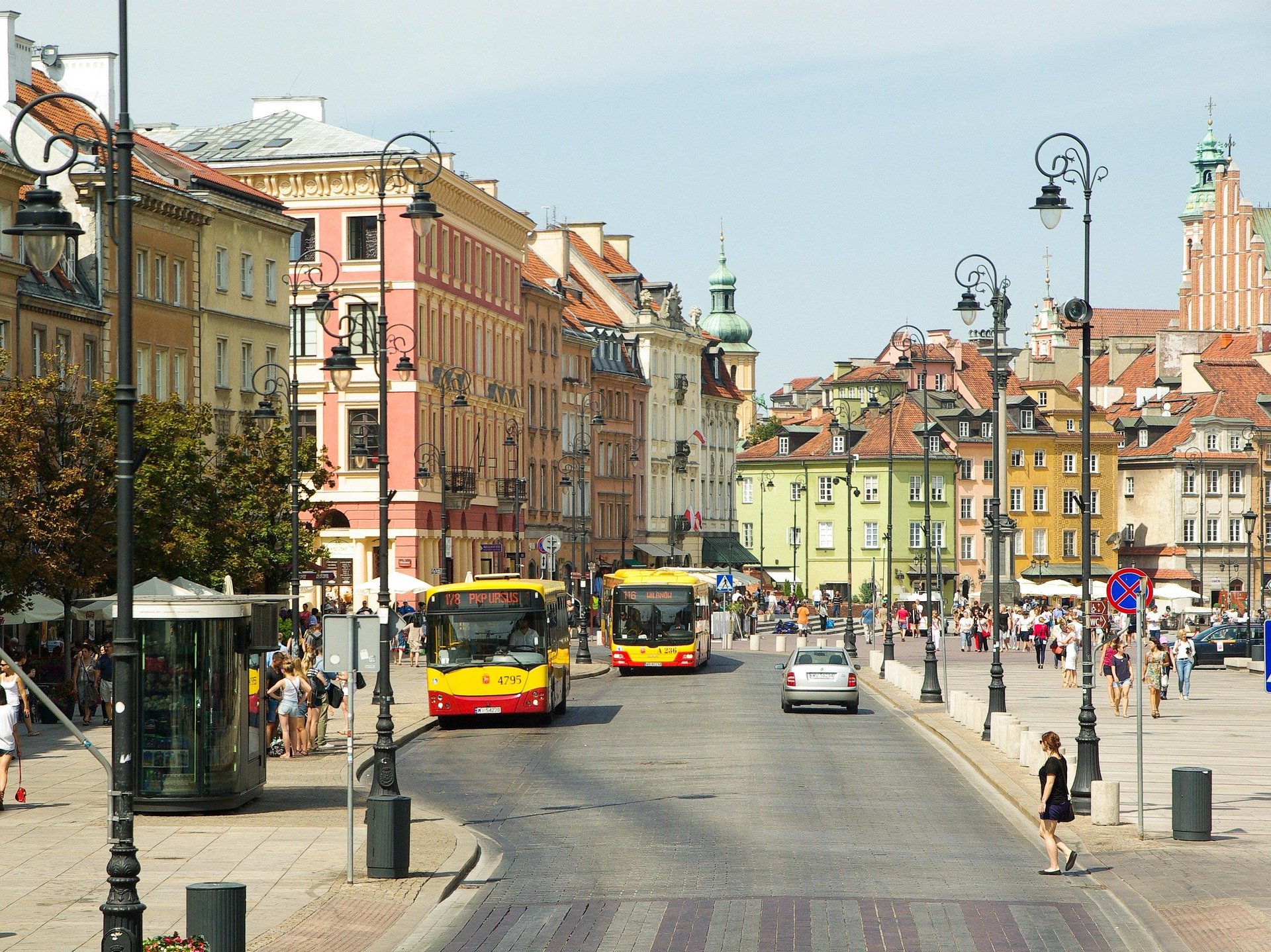Article Highlights:
- Discover what makes a bioluminescent beach glow with magical blue light.
- Explore the top destinations worldwide where you can witness this natural wonder.
- Learn how marine life contributes to this shimmering spectacle.
- Find out when and how to safely experience bioluminescent beaches through snorkeling and diving.
- Understand the risks and safety tips when visiting glowing shores.
A bioluminescent beach is one of nature’s most breathtaking spectacles. These glowing shorelines come to life at night when tiny marine organisms emit light, creating a dazzling blue or green glow in the water. Bioluminescence is a chemical reaction in certain marine creatures that produces light, similar to how fireflies glow.
The stars of this light show are typically dinoflagellates, a type of plankton that illuminates when agitated by motion, such as waves, footsteps or a swimming hand. Other glowing marine life includes jellyfish, crustaceans and certain algae and fungi.
The result? A glowing shoreline that seems lifted straight from a fantasy novel. Every splash, wave or movement turns into a sparkling light display.
Where Are the Bioluminescent Beaches Around the World?
Bioluminescent beaches are nature’s hidden treasures scattered across the globe, most often found in tropical and subtropical regions where warm waters create the perfect environment for glowing organisms to thrive. But these natural light shows also surprise visitors in unexpected places, from serene lagoons in the Caribbean to remote coastal bays in Asia and beyond. Here’s a journey through some of the most iconic and magical bioluminescent beaches in the world.
Mosquito Bay – Vieques, Puerto Rico
Tucked away on the small island of Vieques, off Puerto Rico’s eastern coast, Mosquito Bay holds the Guinness World Record as the brightest bioluminescent bay in the world. The bay’s spectacular glow is powered by an exceptionally high concentration of Pyrodinium bahamense, a species of dinoflagellate that lights up at the slightest movement in the water. Surrounded by mangroves and protected from winds, the bay’s still waters are a canvas for this vibrant light show. At night, every paddle stroke and fish ripple illuminates a trail of neon blue, creating a surreal experience for kayakers and onlookers alike.
Toyama Bay – Honshu, Japan
On Japan’s central Honshu coast lies Toyama Bay, which comes alive between March and June with an entirely different type of bioluminescent marvel. It’s not plankton but firefly squid (Watasenia scintillans) that steal the show. These tiny, deep-sea cephalopods migrate to the surface and along the shorelines during mating season, emitting a mesmerizing electric-blue glow. Local fishers and visitors gather early in the morning to witness the bay shimmering like a galaxy as thousands of these glowing creatures swarm the water. It’s a natural event so stunning, it’s celebrated with festivals and tours each spring.
Laguna Grande – Fajardo, Puerto Rico
Just a short drive from San Juan, nestled in the northeastern coastal town of Fajardo, lies Laguna Grande, a narrow, winding channel surrounded by dense mangrove forests. Unlike the open expanse of Mosquito Bay, this lagoon offers a more intimate bioluminescent experience. Kayaking through the narrow waterway at night feels like gliding through starlight. Your paddle’s motion activates the glowing dinoflagellates; the darker the night, the more vivid the glow. It’s an ideal excursion for eco-tourists looking to connect deeply with nature.
Luminous Lagoon – Falmouth, Jamaica
Located just outside the historic town of Falmouth on Jamaica’s northern coast, the Luminous Lagoon is one of only a few places where bioluminescence occurs year-round. The lagoon glows a bright, otherworldly blue when disturbed, whether by a boat’s wake or a swimmer’s hand. This shallow, brackish body of water is home to millions of bioluminescent microorganisms that thrive in the lagoon’s unique salt and fresh water mix. Guided boat tours often include jumping in and swimming as you watch your body glow with each movement.
Gippsland Lakes – Victoria, Australia
On the southeastern coast of Australia, the Gippsland Lakes occasionally dazzle visitors with a glowing show unlike any other. The bioluminescence here is triggered by Noctiluca scintillans, commonly known as sea sparkle, which blooms after periods of heavy rainfall or flooding that enrich the lakes with nutrients. When conditions are right, the waters glow with every disturbance, turning waves into glowing ribbons and footsteps into bright blue ripples. The phenomenon is rare and weather-dependent, but the lakes transform into a living lightscape beneath the Southern Hemisphere’s stars when it happens.
Holbox Island – Yucatán Peninsula, Mexico
North of the Yucatán Peninsula lies Isla Holbox, a peaceful island known for its laid-back atmosphere and glowing waters. From July to January, the beaches of Holbox come alive with bioluminescent plankton, offering travelers the chance to swim under the stars while surrounded by sparkling light. The best viewing spots are usually away from the town’s lights – quiet beaches where you can wade into the sea and watch every movement leave a glowing trail behind.
The Maldives – Vaadhoo Island
The Maldives is famous for its luxurious resorts and crystal-clear waters. Still, few know that some of its islands are home to spectacular bioluminescent displays, particularly Vaadhoo Island in Raa Atoll. Here, the beaches can light up with an electric blue glow caused by bioluminescent phytoplankton, creating the illusion of stars washing ashore. These glowing waves are incredibly stunning during warm, calm nights in late summer or early autumn, offering one of the world’s most photogenic examples of bioluminescence. It’s the perfect combination of tropical paradise and natural wonder.
Sam Mun Tsai – Hong Kong
Not far from the bustling city streets of Hong Kong lies a secret hidden in plain sight — Sam Mun Tsai, a tranquil village by the sea, occasionally experiences bioluminescent blooms that light up the shore. The plankton here, similar to those in other tropical waters, glow when disturbed, making the area a popular nighttime destination for photographers and locals. The contrast between the urban skyline and the glowing water creates a surreal, almost cinematic scene.
Leucadia Beach – California, USA
While less predictable than tropical spots, Leucadia Beach in Southern California has offered rare but jaw-dropping bioluminescent displays during seasonal algal blooms. In particular, the infamous 2020 “red tide” event created waves that glowed with an eerie blue light under the night sky. Swimmers, surfers, and beachgoers witnessed what looked like underwater lightning flashes every time the surf crashed—a powerful reminder that bioluminescence can dazzle even along temperate coastlines.
Is the Marine Life Different at a Bioluminescent Beach?
Bioluminescence doesn’t necessarily indicate that marine life is completely different at these beaches. These areas, however, often host dense populations of specific glowing organisms, particularly dinoflagellates and certain plankton species.
You may also find bioluminescent jellyfish, squid or crustaceans in some regions. In bays and lagoons, the conditions are often ideal for these creatures: calm waters, high salinity and nutrients that encourage blooms.
While the core marine ecosystem may be similar to non-glowing beaches, these concentrated clusters of glowing organisms create a unique experience and an incredible natural display.
Can I Snorkel or Scuba Dive at a Bioluminescent Beach?
Yes, you can, but with caveats.
Snorkeling at a bioluminescent beach is a surreal experience. As you move through the water, your hands and fins stir up glowing trails that follow your every motion. Many destinations offer night snorkeling tours specifically for this purpose.
Scuba diving is less common due to visibility challenges. Diving deep reduces the effect since bioluminescence is best observed in complete darkness. Plus, artificial lights used for diving can diminish the glow.
Safety tip: Avoid using sunscreen or lotions before entering the water, as chemicals may harm the sensitive bioluminescent organisms.
Also, check local regulations. Some protected areas restrict swimming to preserve the delicate ecosystems.
When Is the Best Time To Visit a Bioluminescent Beach?
Catching the magical glow of a bioluminescent beach is all about timing. While these natural phenomena can occur throughout the year in some locations, the intensity and visibility of the light depend on several key environmental factors.
In most parts of the world, the warmer months from spring through early fall are the most reliable times to witness bioluminescence. Warmer temperatures tend to support the growth and activity of the glowing microorganisms, particularly dinoflagellates and other plankton. In tropical destinations like Puerto Rico or the Maldives, you may find year-round opportunities to experience bioluminescence. Even in these areas, however, the brightness of the glow can vary from month to month.
The phase of the moon plays a crucial role in your viewing experience. A bright full moon may bathe the shoreline in light, diminishing the visibility of the glowing organisms. To truly appreciate the brilliance of the bioluminescent water, it’s best to visit during a new moon or when the sky is naturally dark. On moonless nights, the contrast between the inky black sea and the shimmering blue glow is most striking, transforming even a quiet ripple into a trail of electric light.
Weather conditions are equally important. Calm, clear nights offer the best possible environment for viewing. When the sea is still, the glowing organisms are more easily disturbed by small movements, such as a fish swimming or a hand gliding through the water, allowing you to experience the full glowing effect. On the other hand, wind and rain can disrupt the water’s surface, disperse the plankton or cloud the water, all of which can dull or eliminate the glow.
Finally, understanding the local bloom cycles is essential. Some bioluminescent locations, such as Mosquito Bay in Puerto Rico, glow consistently throughout the year due to a stable, protected ecosystem and high concentration of dinoflagellates. But in other regions, such as Gippsland Lakes in Australia or Leucadia Beach in California, the phenomenon may only occur sporadically, often triggered by environmental events like algae blooms, rainfall or shifts in water temperature. These occurrences are more challenging to predict and may only last a few nights or weeks.
To make the most of your trip, it’s wise to consult with local tour operators, marine biologists or tourism boards in advance. They can provide up-to-date information about bloom conditions, best viewing times and safety considerations. With the right planning and a little luck, you’ll witness one of nature’s most enchanting shows — an experience that stays long after the glow fades from the water.
The Global Rescue Connection
While bioluminescent beaches are generally safe and magical to experience, there are a few things to keep in mind:
- Harmful algal blooms (HABs): Not all glowing algae are harmless. Some dinoflagellates can be part of red tides, which produce toxins harmful to humans and marine life. Always verify with local authorities before swimming.
- Marine life: While rare, jellyfish or other sea creatures can be present at night with low visibility.
- Slippery or rocky terrain: Navigating beaches or shallow waters in the dark can be tricky. Use caution and appropriate footwear.
- Ecosystem damage: Touching or disturbing the water too much can stress or harm bioluminescent organisms. To preserve these ecosystems, practice responsible tourism.
Overall, if you follow guidelines, listen to local experts and respect nature, you’ll be safe.
When visiting bioluminescent locations anywhere, preparing for unexpected medical situations is essential. Global Rescue offers custom destination reports covering everything from local currency and common scams to health and safety advice. With a Global Rescue travel membership, you’ll have access to the following services at no charge:
- Field rescue from the point of illness or injury in case of a medical emergency.
- Medical evacuation to the nearest appropriate facility, if necessary.
- 24/7 medical advisory services to guide you through any health-related challenges while traveling.
A Global Rescue membership provides peace of mind. Whether you’re snorkeling the bioluminescent waters of Mosquito Bay, Vieques, Puerto Rico, the Raa Atoll on Vaadhoo Island in the Maldives or anywhere else, you’ll have access to the help you need.

